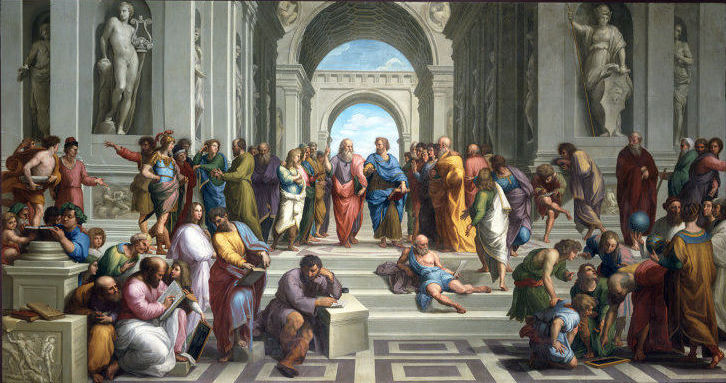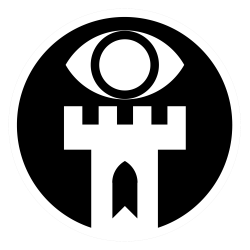Here’s twenty-five years of running games, reading theory, and trial & error distilled into twelve DM Tips. Enjoy!

- The point of the game is for your players to kick ass, make memories, and have fun. Give them opportunities to do that.
- On this note, shoot the Monk. Wizard just got fly? Add some chasms. Barbarian’s immune to fire? Give the BBEG a Fire Elemental henchmonster. Lean into those abilities.
- Games misfire for two main reasons: players either don’t understand what they’re doing or they don’t understand why they’re doing it. Simple missions; strong motives. When in doubt, go with greed. From alcoholic rogues to clerics starting orphanages, everyone needs cash.
- Puzzles are great, but they’re best used to gate off shortcuts or bonus magic items. Never use a puzzle to block the only way forward; I guarantee you it will be the only puzzle your players can’t solve.
- Combat should be exciting. This usually means either being in danger or showcasing your cool abilities. Keep encounters either easy (showcase) or hard (dangerous); know which is which. High HP means a slog; high damage means scared players and a memorable combat.
- If the PCs are encountering a strange monster for the first time, avoid saying its name. An oozing amalgamation of fused flesh formed out of a wizard’s menagerie, mixing apes with wolves and crocodiles in a screaming mass of mouths — that’s a memorable encounter. A Gibbering Mouther is a statblock.
- Choices should be meaningful. If there are two doors leading out of a room, consider what information your players will use to decide between them. Can monsters be heard (or smelled) behind one of the doors? Is one of the doors more ornate? Does one hall lead up and the other down? More information will create a larger feeling of agency.
- Traps have three purposes: they make good puzzles, they inspire the party to imagine danger everywhere, and they can make fun tools for the party to turn against the monsters. Architects say every feature in a build should serve at least two purposes; apply this to your trap placement.
- Your special effects budget is limited only by your imagination. Use that. You can keep things relatively grounded early on, but go crazy at the adventure’s climax.
- Worldbuilding is like character backstory: it should be demonstrated through play, not delivered via lecture. Show, don’t tell.
- When running a campaign, take note of what your players engage with and find a way to work it back into the story later. Call-backs add gravity. Jokes are funnier when they’re running. Villains are best when they reoccur.
- Take breaks. Encourage your friends to DM occasionally. Help them learn. DMing is both hard and easy; it doesn’t have to be high-skill to be high-fun. Just pace yourself, don’t take it too seriously, and avoid burnout.
The only way to do it wrong is to make it stressful for yourself.
If you’re looking for a pre-written module to start your DMing career, let me recommend Seven Sealed Spirits for Knave 2e. It’s a great starter adventure for an easy-to-run system; check it out! If you’re looking for another blog post to read, peek at this Blood Prairie Campaign recap. I hope you enjoy it as much as I did!
